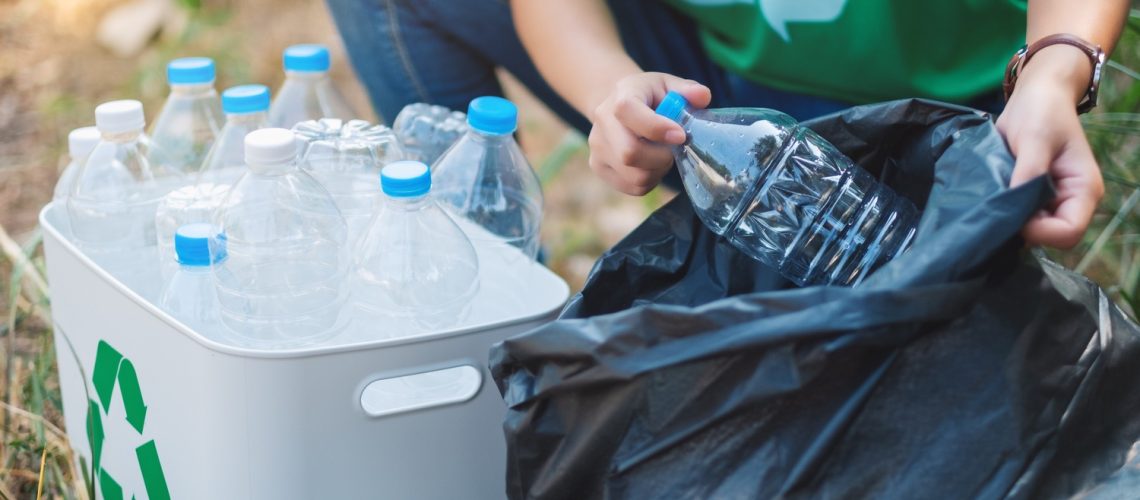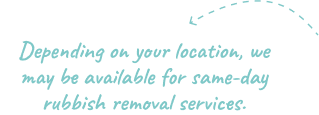New South Wales’ recycling initiative, the Return & Earn Program, encourages the return of acceptable drink containers in exchange for a monetary refund. This 10-cent refund scheme was introduced on December 1, 2017. The program benefits consumers by recycling, reducing litter, and championing ecological sustainability in New South Wales.
Learn more about the program’s benefits, statistics, and future developments below!
How the Return & Earn Program Works
Remember that your bottles or containers must be emptied, cleaned, and recognised by the Return and Earn program. Acceptable containers include bottles and cans made from aluminium, glass, and plastic.
Collection Points: Consumers can bring their accepted beverage to over 600 collection points throughout NSW, providing easy-to-access to Return and Earn locations.
These venues include:
- Reverse Vending Machines (RVMs): You must scan your Return and Earn app barcode for verification before inserting the eligible containers into the machine.
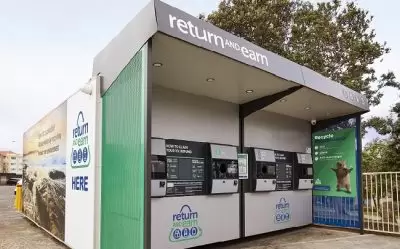
- Drop-off Points: These indicated areas allow you to leave your acceptable containers even without prompt onsite processing or refund. They offer flexibility to consumers who enjoy convenience.
- Over-the-Counter Collection: Consumers can bring their approved beverage containers to OTC collection locations. The staff will count the items and give the equivalent monetary refund or store credit.
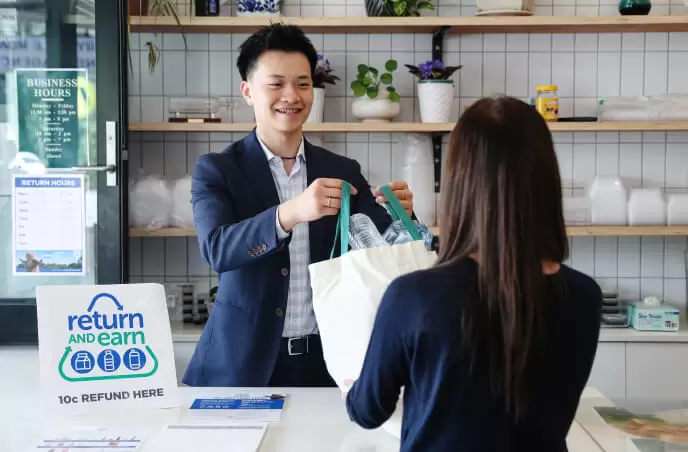
- 10 Cent Refund Process: After sorting and processing, the machine verifies compliance and eligibility requirements and provides a 10-cent refund for each qualified returned container.
Why Participate?
Participating in the Return and Earn scheme is a win-win process both for you and the environment. You’re earning from your trash while reducing rubbish that will end up in landfills and saving the environment.
Growth and Impact: Key Statistics
Program Adoption Rates: Since its launch on December 1, 2017, the program has recovered over 12 billion cans, cartons, and bottles from its system of return points. Litter removal from streets, parks, and waterways has been significantly reduced by 61% from 2021 to 2022 and 2022 to 2023.
Reduction in Litter: Litter removal from streets, parks, and waterways has been significantly reduced by 61% from 2021-2022 to 2022-2023.
Community Involvement: Since June 2024, Return and Earn statistics show that eight of ten NSW consumers are participating in the container deposit scheme NSW initiative.
Environmental Benefits
The project substantially reduced litter created better recycling processes, and improved urban ecological quality. Recycling over a million tonnes of materials motivated responsible public rubbish disposal behaviour. This helps in greenhouse gas reduction, promotes resource savings, and upholds other sustainability developments.
Major Milestones and Government Initiatives
In November 2024, Return and Earn collaborated with Foodbank NSW & ACT to support needy families. The alliance aimed to raise $250,000 to support 500,000 meals to feed disadvantaged families.
The government has plans to enhance waste reduction initiatives by continuously improving recycling rates and nurturing community participation.
Prospective expansions may encompass newer collaborations with environmental organisations. It may also include increasing the incentives for community circles, new container types, improved technology, or broader industry involvement.
Technological Advancements
The NSW Return and Earn Program has utilised advanced technology, such as innovative RVMs and digital tracking systems. These help improve user experience, raise recycling rates, and effectively oversee container returns.
Cutting-Edge Reverse Vending Machines (RVMs): The scheme installed 1,300 modern RVMs to return acceptable beverage containers conveniently. The touch-free design allows physical interaction for a smooth recycling process and gives users instant refunds through the Return and Earn app.
Digital Tracking Systems: The Return and Earn app monitors the users’ recycling engagements and provides various services. It lets users find their nearest return point, check the machines’ real-time statuses, and easily manage refunds. The app allows you to store digital vouchers and select refund methods.
Common FAQs About Return & Earn
Eligible vs Ineligible Containers: The project enables residents to recycle authorised beverage containers for a refund. Knowing what you can and cannot return is crucial for effective program cooperation.
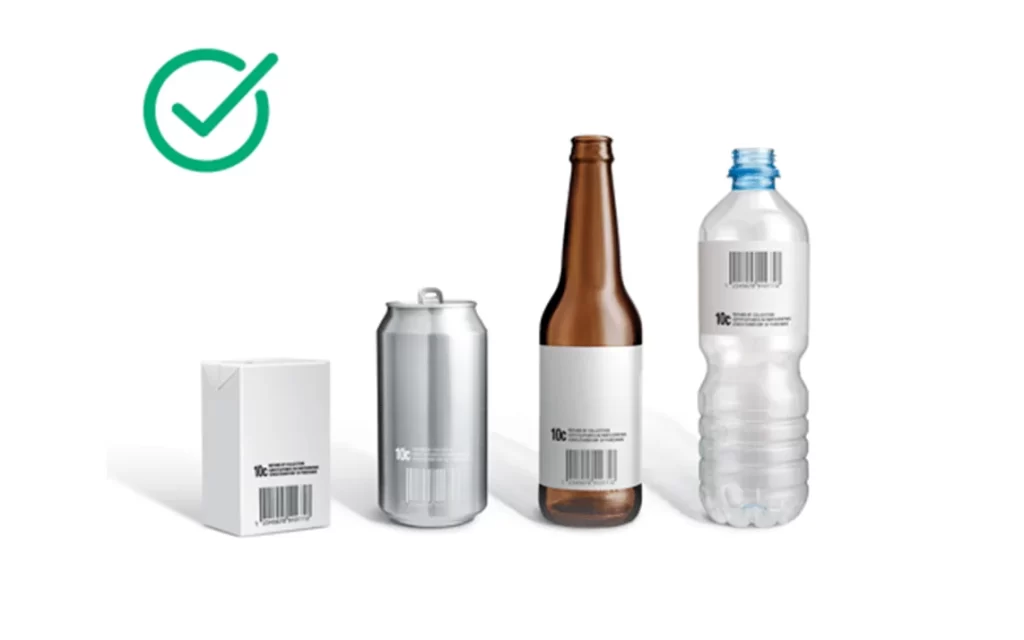
You CAN return plastic bottles, cans, glass bottles, and cartons. However, you CAN NOT return non-drink containers, PVS, polystyrene, sauce bottles, drink containers that exceed 3 litres, and previously refunded items.
Limits and Restrictions: The volume limit of empty beverage containers must be between 150 ml and 3 litres. Containers should be clean, empty, and unbroken, with the original label still intact. Moreover, containers must be made from plastic, glass, aluminium, and liquid paperboard.
Handling Large Volumes: For OTC, the maximum limit is 100 containers. On the other hand, Automated Depots may allow bigger volumes.
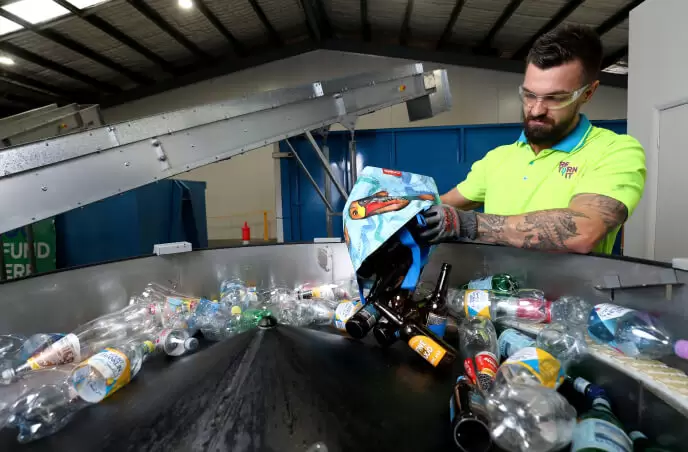
Troubleshooting
Did you experience issues about delayed refunds or a vending machine that doesn’t work? Ensure you meet the requirements before calling TOMRA Cleanaway at 1800 290 691 or emailing them at customerservice@tcnsw.com.au.
Future Outlook: What to Expect
Program Expansion: The expansion will include acceptance of juice boxes, ensuring they are within the size limits. Soon, the list will consist of coffee cups, food containers, and promotional or non-standard containers.
Integration with Other Recycling Schemes: The scheme functions in a network of waste management legislation and strategies to cut litter and improve recycling rates. These approaches include the Waste and Sustainable Materials Strategy and National Waste Policy.
Potential Policy Updates: The major points of discussion concerning deposit amounts, expansions, or cross-state deposit collaboration include:
- Recycling rates enhancement
- Inflation acknowledgement
- Addition of more beverage types
- Increase in container size limits
How Aus Rubbish Removals Can Help
The Return and Earn Project only covers bottles; if you need other types of waste disposed of, we can help!
At Aus Rubbish Removals in Sydney, we provide same-day or scheduled pickups most convenient to you, making it effortless and hassle-free for households and businesses to stay clutter-free. Additionally, we comply with local regulations and focus on environmentally responsible disposal practices. Call us today at 0402 244 036 for prompt and efficient rubbish removal.
Frequently Asked Questions
1. What containers are accepted through Return & Earn?
The Return and Earn Program accepts aluminium bottles and cans, glass, plastics and liquid paperboard but with specified limitations on the quantity.
2. Do I need to clean or remove labels from my bottles?
Yes. You must empty and clean the bottles, but you shouldn’t remove the labels.
3. Where can I find a Return & Earn machine near me?
You can find the nearest Return & Earn machine by visiting their official website, the app, and local council.
4. Can businesses claim refunds for bulk returns?
Businesses can claim refunds for bulk returns but may differ according to product category, seller’s arrangement, and the situation encompassing the return.
5. What happens to the containers after they’re returned?
Following the return of the containers, a methodical approach ensures appropriate recycling and material recovery. It includes collection and sorting, transport to processing facilities, material recovery and recycling, monitoring and reporting.

